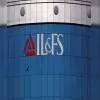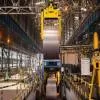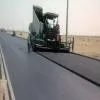
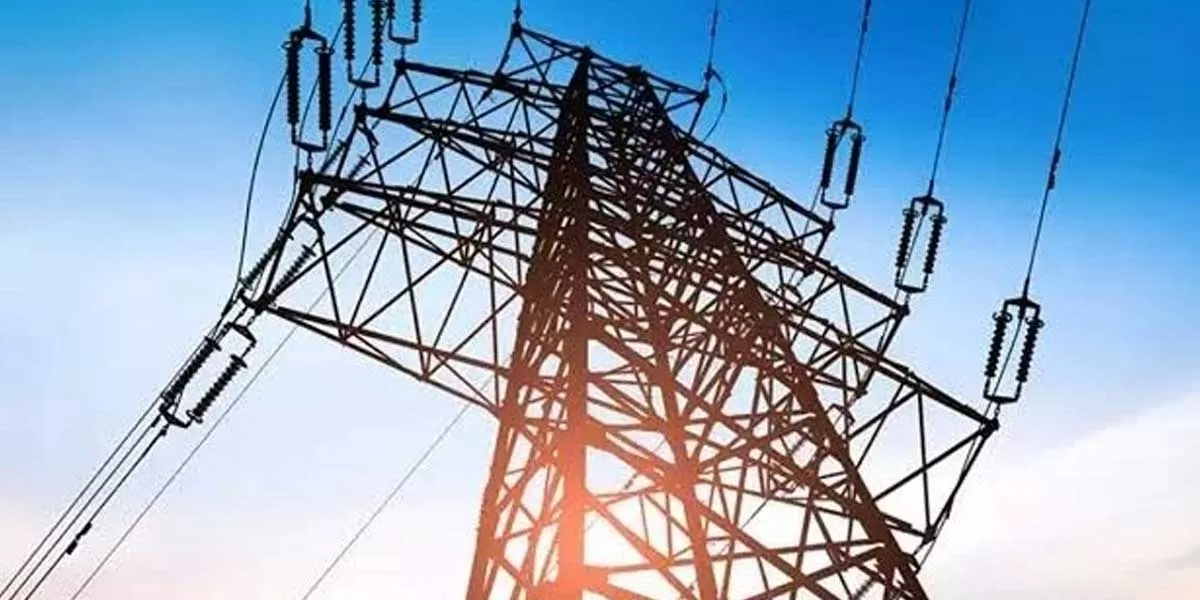
HPCL Ventures into Solar Power Generation
Hindustan Petroleum Corporation Limited (HPCL), a prominent player in the Indian energy sector, is making significant strides towards renewable energy by venturing into solar power generation. The latest development involves HPCL's ambitious Engineering, Procurement, and Construction (EPC) project aimed at establishing a 300 MW solar power plant.
This venture marks a pivotal moment for HPCL as it diversifies its energy portfolio to include clean and sustainable sources. The decision to invest in solar power aligns with global efforts to mitigate climate change and reduce reliance on fo..

India and Iran Forge Long-term Partnership
India and Iran have cemented their strategic partnership with the signing of a long-term contract aimed at developing the Chabahar Port. This significant agreement underscores the mutual commitment of both nations towards enhancing regional connectivity and bolstering economic cooperation.
The Chabahar Port, located in southeastern Iran, holds immense geostrategic importance due to its proximity to the Indian Ocean and its potential to serve as a gateway to Afghanistan, Central Asia, and beyond. By investing in the development of this port, India aims to establish a vital maritime link..

Indian Voters Lukewarm on Climate Change
Indian voters are displaying a surprising indifference towards climate change, despite growing global concerns and increasingly visible environmental impacts. According to recent surveys and reports, climate change ranks low on the list of priorities for many Indian voters, overshadowed by more immediate socio-economic issues such as unemployment, inflation, and healthcare. This apathy towards climate change poses significant challenges for policymakers and environmental advocates striving to implement sustainable policies and combat global warming.
One key factor contributing to this..
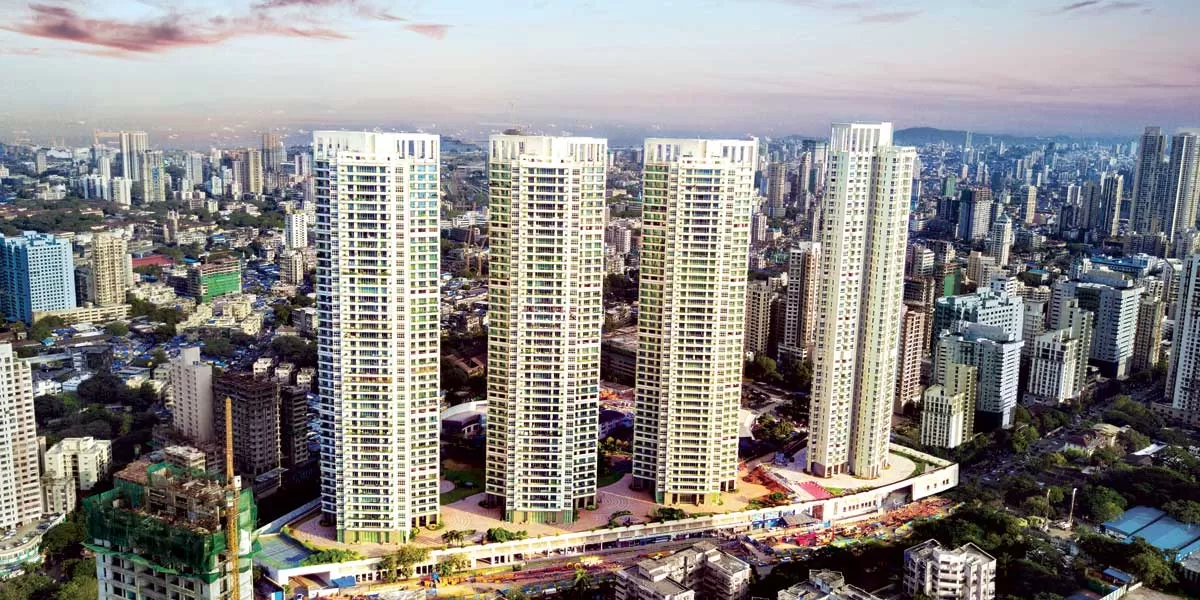
Residents Sceptical of Sahastradhara Road Widening
Residents in Dehradun have raised questions and expressed scepticism regarding the proposed widening project for Sahastradhara Road. The project, aimed at widening the road to accommodate increased traffic, has faced criticism and scrutiny from local residents concerned about its potential impact on the environment and surrounding areas.
The Sahastradhara Road widening project has sparked debate among residents, with some questioning the necessity and feasibility of the initiative. Critics argue that widening the road may lead to the loss of trees, green spaces, and heritage structures ..
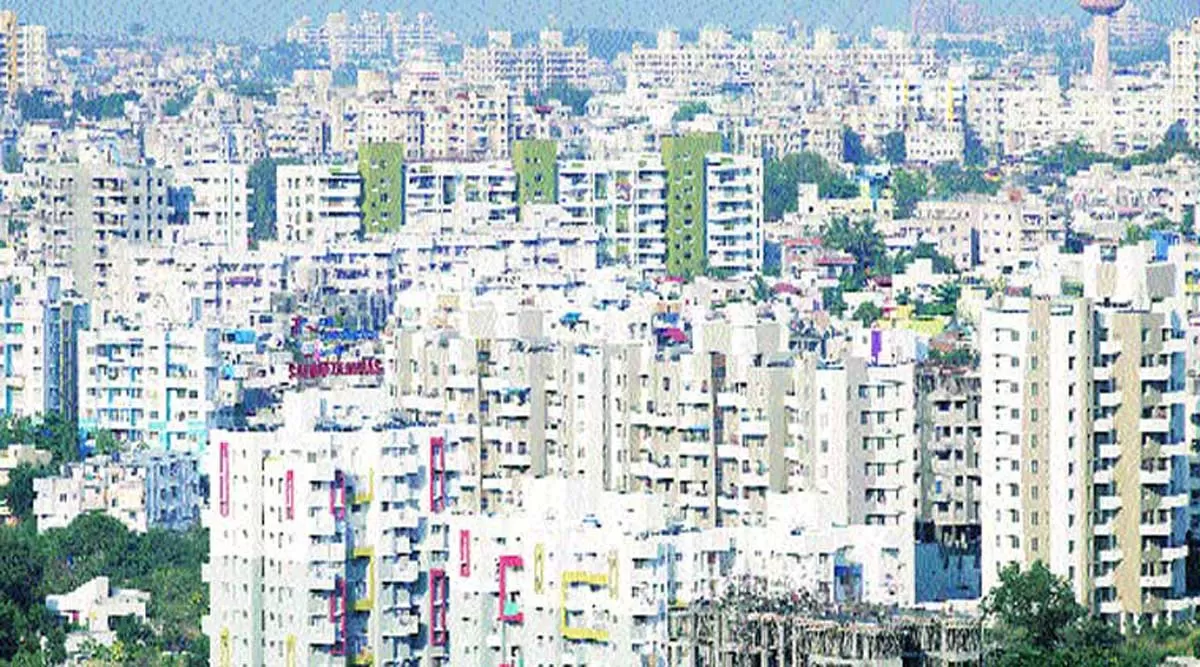
Warburg Pincus Acquires Shriram Housing Finance
Warburg Pincus, a leading global private equity firm, has announced its acquisition of Shriram Housing Finance for an impressive sum of Rs 4,630 crore. This strategic move underscores Warburg Pincus' commitment to expanding its presence in the Indian financial sector and capitalizing on the growing demand for housing finance solutions in the country.
Shriram Housing Finance, a subsidiary of Shriram City Union Finance, has established itself as a key player in the affordable housing finance segment, catering to the needs of millions of aspiring homeowners across India. The acquisition b..



